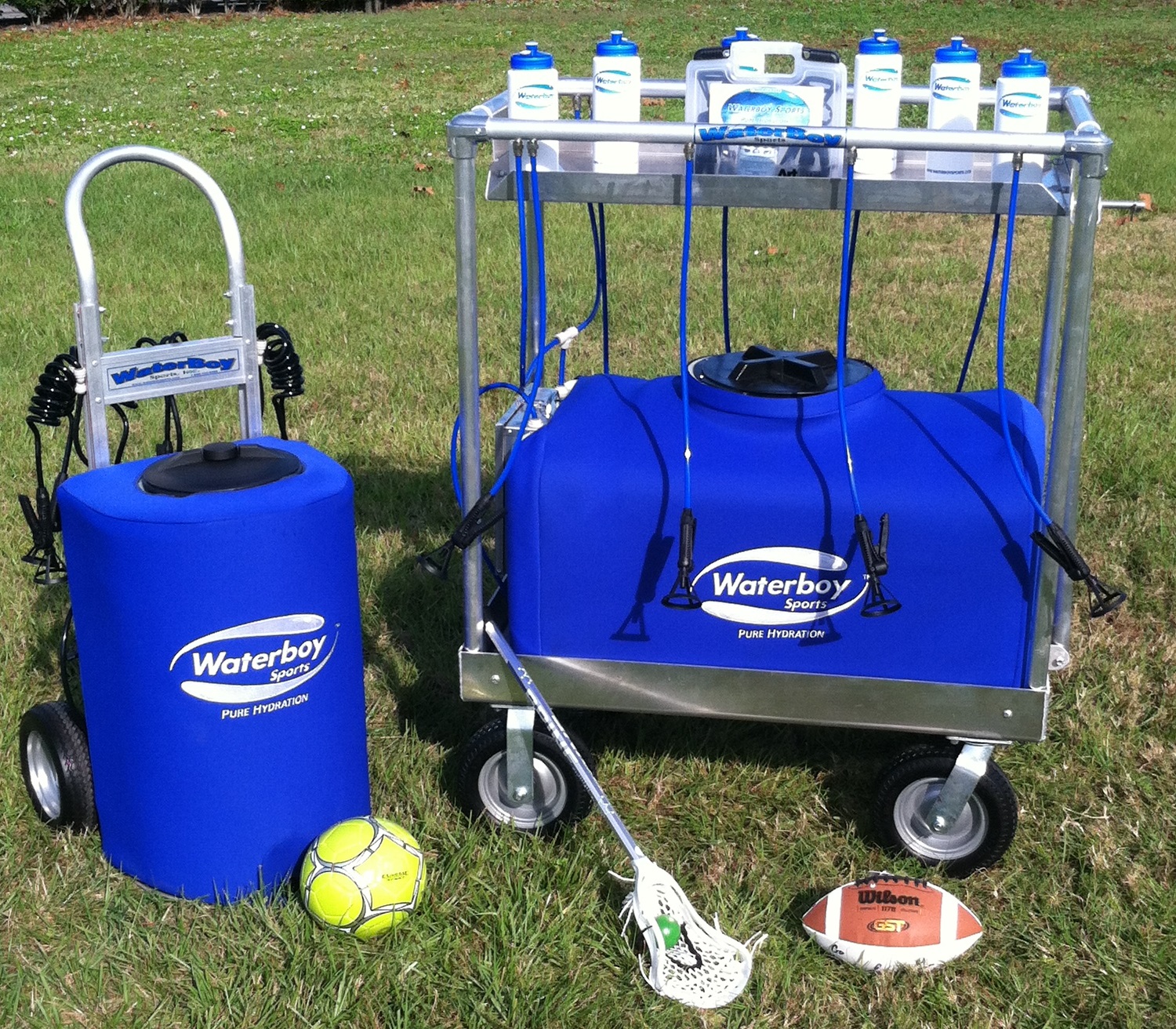Aug 12, 2015Hydration System Hints and Troubleshooting: Sanitizing Your Unit
By Bob Mercer, Owner, Waterboy Sports, LLC
Perhaps the most frequent question I am asked is: “How should I sanitize/clean my hydration system?” And that question is then followed immediately by, “How often should I do this?”
 My response is always something along these lines: “Systems should be sanitized daily.” This invariably results in a facial expression that symbolizes “Like THAT’S gonna happen!” (just like the one you have right now). As you know, reality is often significantly different than theory, but the recommendation remains that it’s best to sanitize your hydration system on a daily basis.
My response is always something along these lines: “Systems should be sanitized daily.” This invariably results in a facial expression that symbolizes “Like THAT’S gonna happen!” (just like the one you have right now). As you know, reality is often significantly different than theory, but the recommendation remains that it’s best to sanitize your hydration system on a daily basis.
Regardless of the frequency, the sanitizing process is what is most important and it must be thorough. If you are looking for a guideline, I suggest you envision this scenario: a parent (usually the mother) comes to you and asks you how often you clean your hydration system. What answer will you be comfortable giving her? If you’re not embarrassed to admit the frequency, then it’s most likely frequent enough. If the parent’s facial expression is one of horror and/or revulsion, perhaps you should re-think your sanitation schedule.
The first consideration is which sanitizing agent to use. Clorox ® and Steramine ® are the most commonly used cleaning agents. While both are quite effective, the difference lies in the taste and effect of any residue. Clorox ® is effective but can be harmful if ingested. Steramine® is an FDA-approved, food industry sanitizer that is safer although none too tasty if ingested.
The preferred process is as follows:
• Prepare 4-5 gallons of sanitizing solution, mixed in accordance with the product’s usage instructions, in the water tank.
• Using a clean cloth soaked in the sanitizing solution, wipe down the inside of the water tank. Turn on the pump and activate each drinking nozzle, in sequence, for 10-15 seconds, to draw the sanitizing solution through the pump, manifold(s), tubing and nozzles, until the solution is depleted.
• Rinse all surfaces of the inside of the tank with clean water and allow 4-5 gallons to accumulate in the tank.
• Turn the pump back on and activate each nozzle to flush the entire system until the tank is empty.
This sequence ensures that the entire system, from tank to nozzle, is sanitized and rinsed.
Systems that connect directly to a city water supply are a bit more difficult to sanitize, although no less necessary. In order to sanitize the manifolds, tubing and nozzles of these systems, an in-line siphon system is needed. These systems tend to use Steramine® tablets that dissolve in a small chamber as water runs over it. Activating each nozzle in turn allows the sanitizing solution to pass through the hydration system’s coils, manifolds, tubing and nozzles.
And let’s keep in mind the key to all successful hydration practices for your athletes is the phrase that is many settings, in and out of sports: “Hydrate Early & Often.”
Editor’s Note: This column by Bob Mercer, owner of Waterboy Sports, LLC, is intended to be a source for providing operating and maintenance tips for hydration systems regardless of brand. If you have questions regarding the information presented in this article, or if any questions relating to hydration systems, call Bob Mercer at (888) 442-6269 or email him at: [email protected].
You can also visit the company’s web site at: www.waterboysports.com.



